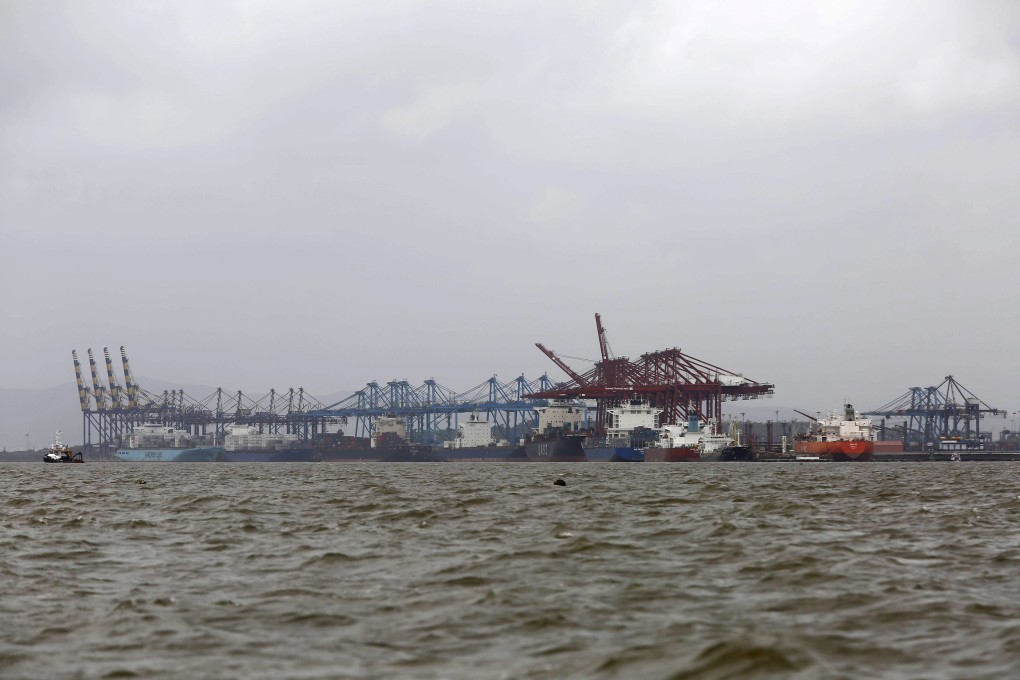New | Modi’s ‘port-led’ export drive leaves India’s hinterland stranded

Mumbai’s commercial seaport, which handles over half the container traffic through India’s major ports, is doubling capacity as Prime Minister Narendra Modi seeks to build an export powerhouse.
The expansion, due to be completed in seven years, can’t come quickly enough for Avinash Gupta, whose family business supplies steel forgings to Europe and the United States from the industrial hub of Ludhiana in northern India.
Yet the greatest challenge his US$30 million business faces is getting his production to port. Gupta pays nearly $800 to a state-run rail cargo company to transport a 20-foot container to Mumbai - as much as 40 times the cost of shipping it onward to the Gulf commercial hub of Dubai.
It is exporters like Gupta that Modi had in mind when he launched his ’Make in India’ drive last September, laying out a model of "port-led" development to support industrial growth and create manufacturing jobs.
For now, the inefficiencies are exacerbating the pain of weak global demand and a 15 per cent drop in exports between December and June from a year ago.
Exporting a standard container requires seven documents, takes 17 days and costs $1,332 in India, according to the World Bank’s Doing Business 2015 report. India ranked 126th of 189 economies on the ease of trading across borders, well behind Mexico (44th) and China (98th). All of India’s ports together handle less trade than Shanghai alone.
